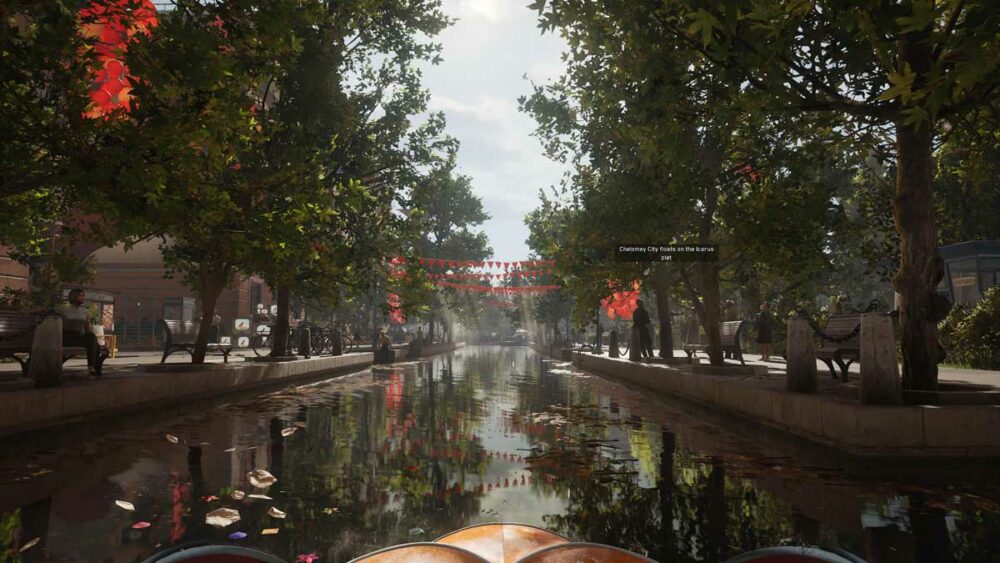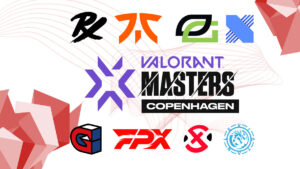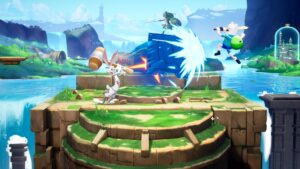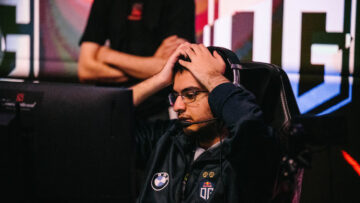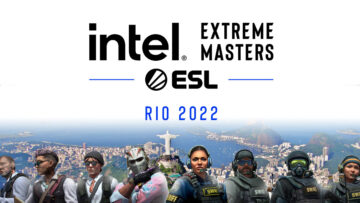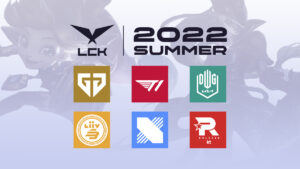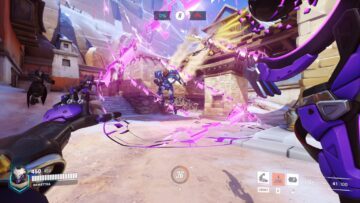Image: Focus Entertainment
Overambitious gameplay and poor pacing keep Atomic Heart from being the Bioshock successor it so desperately wants to be.
Here’s a sentence I wasn’t expecting to write today: Atomic Heart reminds me a lot of 2022’s indie cat game Stray. Both were a studio’s first attempt at making a videogame, and both rely on gorgeous environments and immersive setpieces to keep players on the hook. The difference is that Stray keeps things simple, allowing its beautifully-realised series of levels to speak for themselves in a narrative that’s short on dialogue. Atomic Heart is on the other end of that game design spectrum: its overambitious gameplay is made up of jumbled parts that fit together incoherently, robbing its gorgeous world of any value beyond the aesthetic.
Games can be as complicated as they like, but the best games know when to stay their hand and keep things simple. Atomic Heart chooses to be as complex as possible at any given moment, and in the end becomes an exhausting, confusing and oftentimes bizarre experience for it.
Welcome to the Rapture – I mean, the USSR
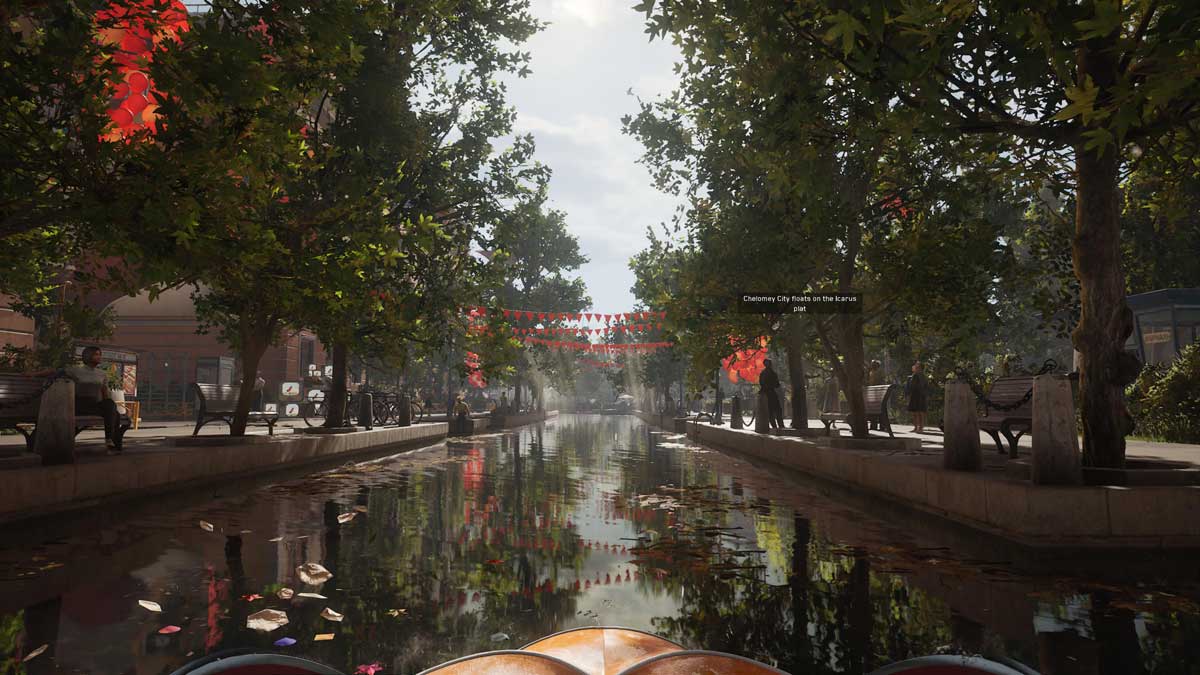
Atomic Heart is set in an alternate 1955, where the Soviet Union has built a modern utopia thanks to the development of a programmable liquid substance called Polymer. Polymer’s invention has caused technology in the USSR to evolve by leaps and bounds in a short amount of time, allowing its people to hand over manual labour to robots who share a hivemind-like AI called the ‘Kollektiv’.
You play as a somewhat unhinged Major officer called Sergei Nechaev, though he mostly goes by P-3. P-3 is sent by a renowned scientist into the research hub Facility 3826 to solve a severe problem: the robots have gone mad. They’re killing people, and who could’ve seen that coming? Stuck in a scientific facility filled with unstable technology, murderous machines and a perverse fridge (more on that later), P-3 has to figure out what caused the robot uprising while staying alive and sane, which is easier said than done.
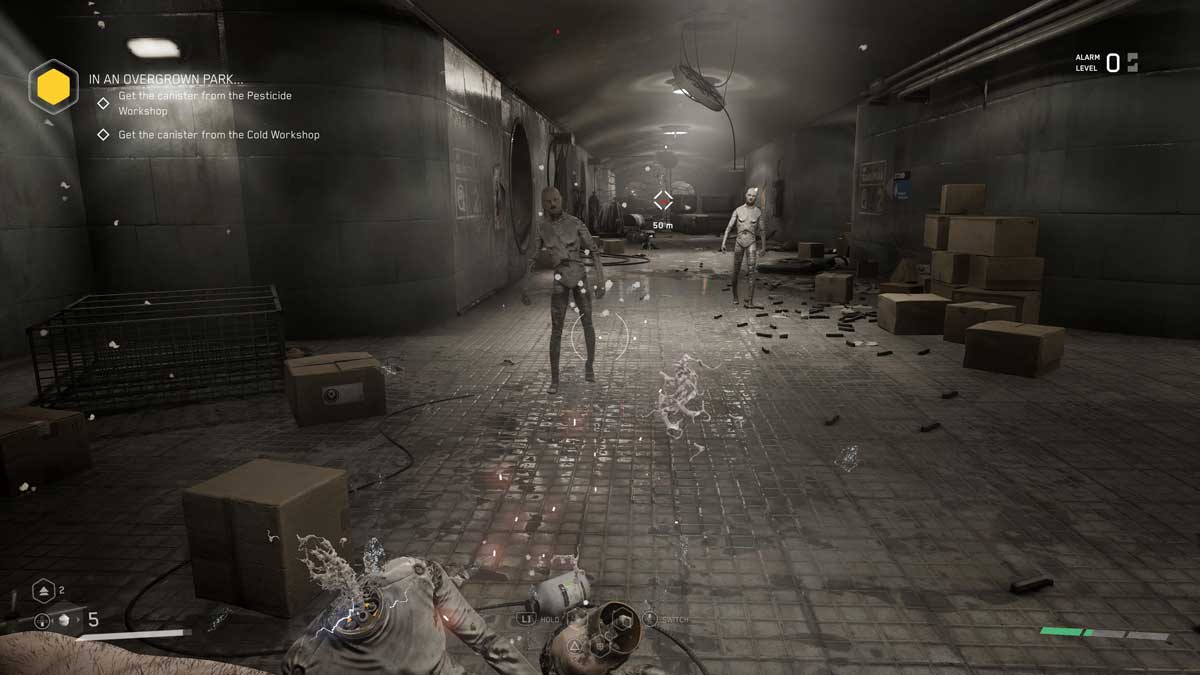
Atomic Heart has one of the most impressive opening acts to a game I have played in recent years. P-3 spends the opening minutes exploring this Russian utopia, meeting people and interacting with robotic appliances before being sent away from the floating cities above to Facility 3826, which still resides on solid ground. It’s difficult to not draw comparisons to our visit to Columbia or the Rapture in this first act, with a protagonist full of secrets suddenly thrust into a strange new world gone very, very bad. Unlike those games however, Atomic Heart’s world looks gorgeous but not quite lived in. Everywhere you go in Rapture and Columbia, you see inklings of history in its bullet-ridden walls and grimy windows – but Facility 3826 looks surgically clean and devoid of life by comparison.
Atomic Heart’s trailers would have you convinced that this is a high-adrenaline shooter like DOOM or Wolfenstein, but it actually takes ages for the player to even pick up a weapon. These opening minutes are a joy to experience until the pace slows to a crawl and becomes emblematic of the game’s far-reaching ambitions. Atomic Heart wants to have a great story, addictive combat and unique gameplay, but is so dizzyingly unfocused that it falls short in all three categories. The second the game gives you a weapon and allows you to explore, all the goodwill inspired by its opening is wasted on a poorly-paced and entirely too predictable story campaign.
Go for the head

If there’s one thing players are going to be divided on with this game, it’s the combat. Atomic Heart’s combat feels fast, enjoyable and full of options in the early hours, when you’re mostly dealing with one or two enemies at a time. Much like Bioshock, you get to either use melee weapons like axes, or ranged weapons like shotguns and energy pistols, depending on the enemies you’re facing down. The regular killer robots come in close with slow attacks, leaving them vulnerable to axes and heavy attacks. Clicker-like zombies strike hard and fast, so it’s best to keep them at a distance and introduce them to the ol’ shotgun.
P-3 also has an assortment of powers at his disposal thanks to a sentient AI named Charles who lives inside his glove, which is another sentence I wasn’t expecting to write today. Charles gives you access to a small selection of abilities which allow you to freeze enemies, lift them into the sky or shock them with a bolt of lightning. These abilities aren’t just a welcome addition to combat, they’re absolutely necessary to deal with the legions of enemies this game throws at you, and that’s exactly when combat starts to fall apart.
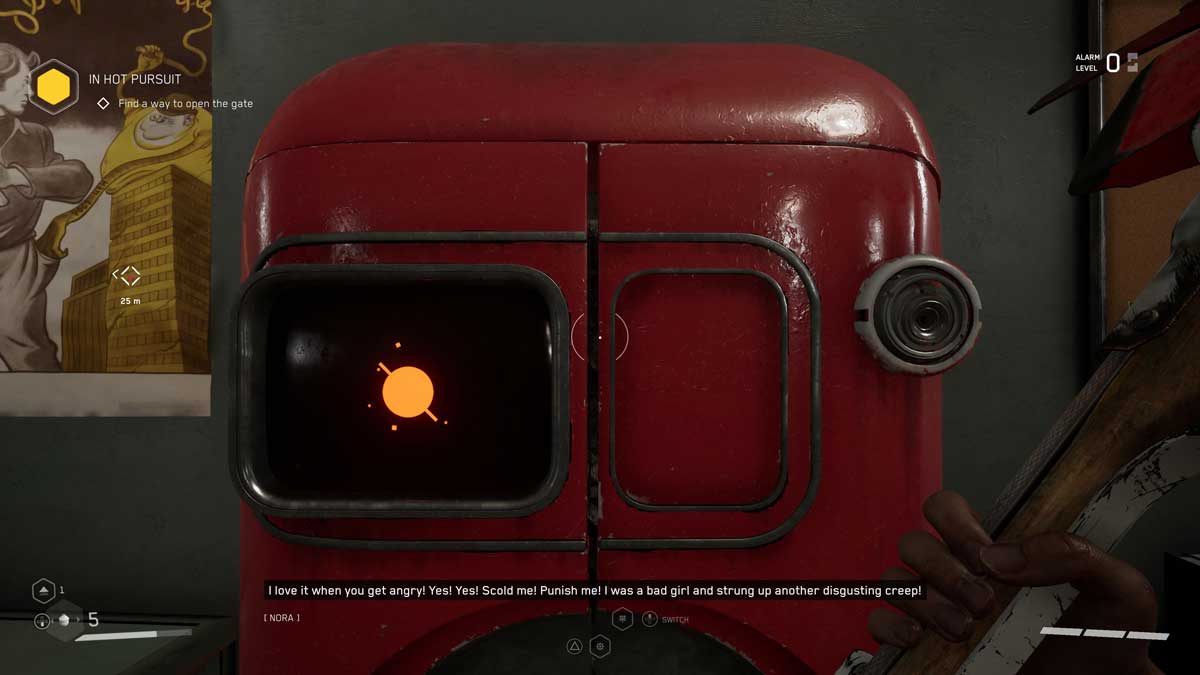
Much like the rest of the game’s components, Atomic Heart’s combat feels like a mish-mash of different games – hack-and-slash melee from Dying Light, fast-paced movement from Doom Eternal and science weapons from Wolfenstein. When you’re facing enemies down one on one, it feels satisfying to nail the tiny window of time you get to dodge, or use different weapon and ability combos to take an enemy out quickly. When these creatures start ganging up on you, everything goes to hell. The dodge window breaks down when there are multiple different attacks to dodge from at once, and most of your weapons aren’t built to deal with more than one enemy at a time. All you can do is stun an enemy, run away and heal, shoot, and repeat until a room is cleared.
Melee combat feels floaty and unreliable, with P-3 constantly whiffing hits due to how unreliable these weapons are and how often enemies simply jump back. Guns are vastly superior. I would only switch back to melee weapons when I ran out of ammo, which is a shame considering the game gives you so many melee options to choose from. That’s another thing that doesn’t work here: despite there being a bevy of weapons to craft and upgrade in this game, too many of them lack distinction from the rest. This isn’t a looter-shooter – all these weapons are clearly meant to be part of your main arsenal depending on your preference, but a lot of them are either flat-out boring or offer nothing new to the table.
Explore and survive
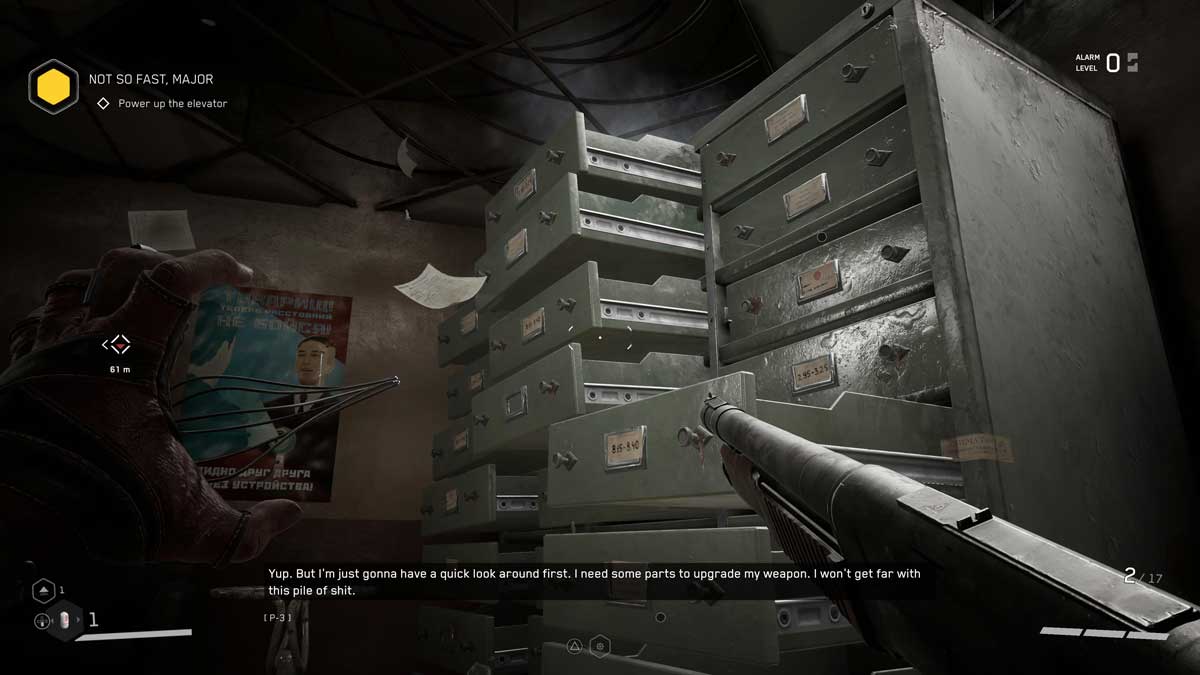
One of Atomic Heart’s strengths lies in its RPG mechanics. P-3 can visit various red vending machines, which are oftentimes controlled by a lustful and highly discomforting AI called Nora, to upgrade Charles’ abilities or tinker with his weapons. There are a ton of options here, and it’s incredibly satisfying to figure out which abilities you’re going to stick with and flesh out. Shok, for instance, starts off as a simple stun ability but quickly becomes a reliable damage dealer with a lot of range. Your melee weapons also come with multiple special attacks that you can switch between, so long as you have the resources to unlock them.
Unfortunately, in one of the game’s few strengths we still find flaws: resources are damned annoying to collect. P-3 might as well be a glorified vacuum cleaner, the way the game forces you to constantly run into rooms and suck up every single last neuromodule, synthetic part and other such nonsensically-named resource scattered about the game. I audibly groaned every time I entered a room and found it filled with cardboards and shelves, wondering what the developers were thinking to stuff their Soviet-era sci-fi action-RPG with so mindless a chore as cleaning up the place.
On that note, let’s talk about exploration. Atomic Heart balances its combat sections with more puzzle-focused setpieces quite well for the most part, harkening back to games like Prey where you’re often pulled into long detours from your main mission to simply explore more of the facility. I actually enjoyed exploring this game world, even when these exploratory segments began to feel frustratingly padded out with filler objectives – like ‘collect four canisters to unlock a door’, which last far too long. The game forces a weird amount of platforming on you during these sections too, which really doesn’t work because unlike its peers, parkour just feels janky and clumsy here, and thus unfun to use despite how often you’re forced into doing so.
Verdict
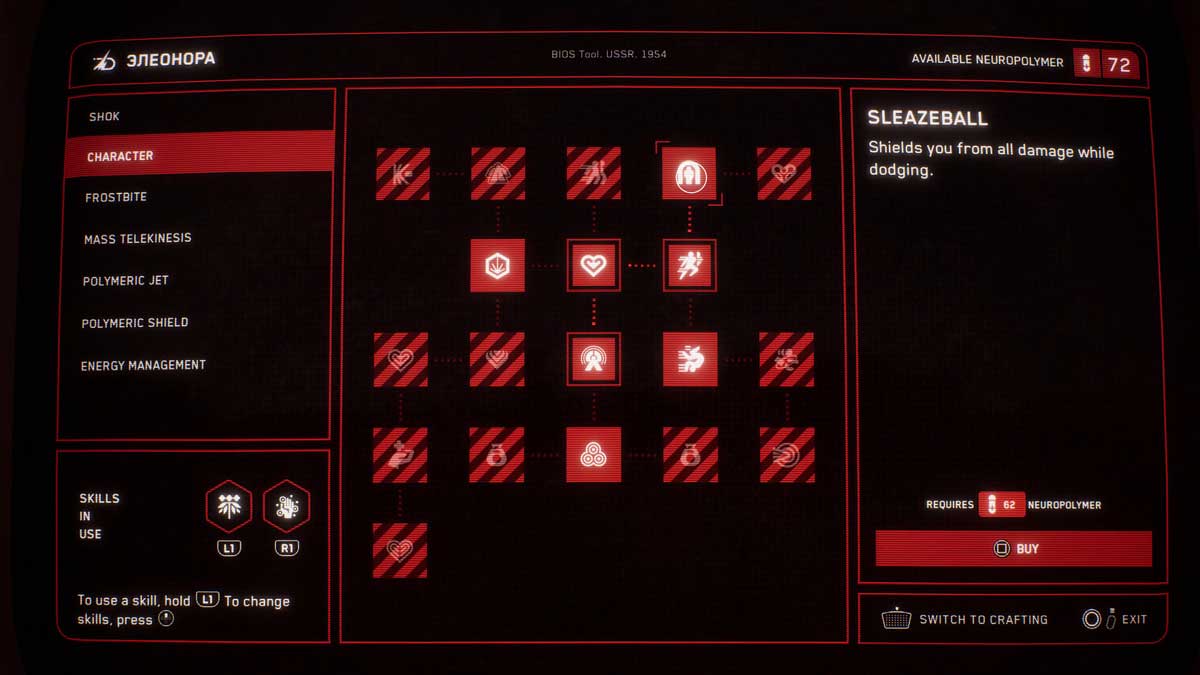
I really wanted to like Atomic Heart more than I did. The game has interesting ideas at play, but it so blatantly lacks the focus required to execute them well. Almost everything in this game feels like it could be great, if not for how half-baked it is. Combat is so bloated and clumsy that it takes away from the fun of chaining together abilities and making icebergs out of enemies. Exploration would be fun if not for the mind-numbing amount of resource collecting and janky platforming you’re put through. Even the world feels like it could have been much more interesting if more of its lore was actually presented in the main story, rather than overlong emails and voicenotes hidden in computers around the map.
All that being said, I can see more than a few players loving Atomic Heart for what it is: a flawed, but ultimately unique Bioshock-like. These visuals are mind-blowingly beautiful for a first-time developer, and the art design alone merits a playthrough if you’re into its aesthetic. The gameplay, hammy dialogue and lack of bite in its whacky story might let you down, but it sure does look pretty.
The sheer spectacle of Atomic Heart’s opening hours enraptured me. And then, much like the citizens of this utopia, I was let down severely by the overambition of its creators.
- SEO Powered Content & PR Distribution. Get Amplified Today.
- Platoblockchain. Web3 Metaverse Intelligence. Knowledge Amplified. Access Here.
- Source: https://www.gosugamers.net/entertainment/features/65430-review-atomic-heart-oozes-with-style-but-suffers-from-overambition
- abilities
- ability
- About
- access
- ADDITION
- aesthetic
- AI
- All
- Allowing
- alone
- ambitions
- amount
- Another
- around
- Arsenal
- Art
- as
- Atomic Heart
- beautiful
- because
- before
- BEST
- Best Games
- between
- beyond
- Bolt
- built
- Campaign
- categories
- caused
- Charles
- Cities
- Citizens
- Cleaning
- clearly
- collect
- Collecting
- columbia
- combat
- coming
- comparison
- complex
- complicated
- components
- computers
- confusing
- considering
- constantly
- controlled
- could
- Creators
- damage
- deal
- dealer.
- dealing
- Design
- despite
- Developer
- developers
- Development
- dialogue
- DID
- difference
- different
- different games
- difficult
- distance
- Dodge
- Doom
- Doom Eternal
- down
- During
- Early
- easier
- emails
- energy
- enjoyed
- entered
- entirely
- environments
- Every
- everything
- Everywhere
- Evolve
- exactly
- execute
- expecting
- experience
- exploration
- explore
- Exploring
- Facility
- facing
- FAST
- fast-paced
- Figure
- filled
- First
- fit
- flawed
- flaws
- Focus
- forced
- forces
- Freeze
- full
- fun
- game
- gameplay
- Games
- Games Like
- given
- going
- GosuGamers
- great
- Ground
- guns
- hand
- Hard
- here
- hidden
- highly
- history
- hits
- Hook
- hours
- How
- HTTPS
- i
- immersive
- impressive
- incredibly
- Indie
- INSIDE
- inspired
- instance
- interacting
- interesting
- introduce
- IT
- jump
- Labour
- lack
- last
- levels
- Life
- light
- lightning
- Liquid
- lives
- Long
- Machines
- major
- Making
- map
- Mechanics
- Meeting
- Melee
- might
- minutes
- Mission
- Modern
- more
- movement
- multiple
- narrative
- necessary
- New
- new world
- objectives
- offer
- Officer
- One
- opening
- Options
- Other
- pace
- parkour
- part
- People
- pick
- place
- plato
- plato data intelligence
- platodata
- platogaming
- play
- player
- players
- polymer
- poor
- possible
- pretty
- Prey
- Problem
- protagonist
- quickly
- quite
- range
- RE
- red
- regular
- reliable
- Repeat
- required
- research
- resource
- Resources
- REST
- review
- robot
- robots
- room
- Rooms
- RPG
- Run
- Russian
- s
- Said
- satisfying
- Sci-Fi
- Science
- segments
- selection
- Series
- set
- severe
- Share
- Shooter
- Short
- shotgun
- Simple
- sky
- small
- So
- solid
- SOLVE
- speak
- special
- Spectrum
- start
- stay
- still
- Story
- Stray
- strengths
- strike
- style
- substance
- such
- superior
- Switch
- table
- Take
- talk
- Technology
- The
- The Game
- the world
- themselves
- thing
- things
- Thinking
- Through
- time
- Today
- together
- Ton
- Trailers
- union
- unique
- unlock
- up
- Vacuum
- value
- various
- vending machines
- Vulnerable
- welcome
- well
- What
- WHO
- windows
- Wolfenstein
- wondering
- Work
- world
- write
- years
- zephyrnet
- Zombies
